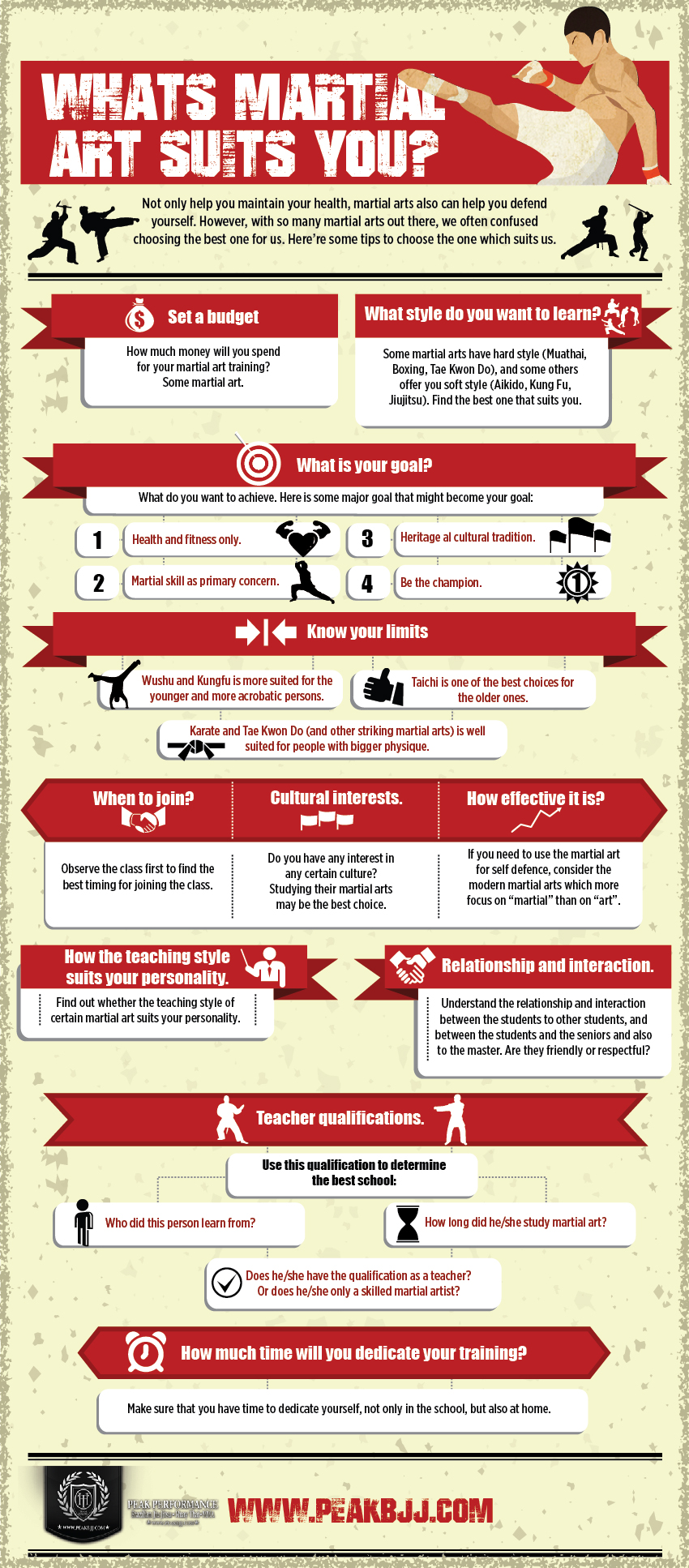The Development And Historic Context Of Martial Arts Worldwide
The Development And Historic Context Of Martial Arts Worldwide
Blog Article
Web Content Create By-Mortensen Odonnell
Martial arts have a remarkable background that extends centuries and continents. You may find it appealing how old methods like Shuai Jiao and Kalaripayattu laid the groundwork for modern combat strategies. These self-controls not just stress physical skills but also reflect the cultures that birthed them. As you explore their development, take into consideration how globalization has changed these typical forms right into crossbreed styles. What influences do you assume have formed today's martial arts landscape?
Ancient Martial arts: The Foundations of Fight
As you explore the world of ancient martial arts, you'll uncover the abundant foundations that formed combat methods across cultures. Early methods concentrated on Self-Defense and survival, often including strikes, grappling, and weaponry.
In old China, as an example, strategies like Shuai Jiao emphasized tosses and joint locks, while India's Kalaripayattu showcased agility and liquid activity. Japanese samurai developed Kenjutsu, a polished swordsmanship that highlighted technique and technique.
These martial arts served not just for fight but additionally as a means of personal development, instilling worths like respect and willpower. why not try here blending of these strategies over time prepared for the diverse martial arts you see today, each mirroring the distinct philosophies and requirements of its culture.
The Social Impact on Martial Arts Growth
While martial arts commonly reflect the useful demands of a culture, they likewise embody the social values and beliefs of their origins. When you explore various martial arts, you'll discover how they're influenced by religion, philosophy, and social norms.
For example, the focus on respect and self-control in Japanese martial arts stems from Zen Buddhism and samurai culture. On martial arts like judo 6 letters , Brazilian Jiu-Jitsu promotes flexibility and strategy, formed by the demand for performance in a varied, multicultural environment.
You might find that the rituals, uniforms, and training methods reflect an area's history and identification. By understanding these social influences, you deepen your gratitude of martial arts and their role in shaping human experiences around the world.
Modern Adaptations and the Globalization of Martial arts
Martial arts have actually transformed considerably in recent years, adjusting to contemporary culture and international impacts. You'll see that standard forms have mixed with modern-day strategies, developing hybrid styles like MMA. These adjustments cater to diverse target markets, making martial arts obtainable and enticing globally.
With the rise of social networks and electronic systems, you can locate tutorials and competitors from all corners of the globe, breaking geographical obstacles. This globalization has resulted in a common appreciation for various techniques, from Brazilian Jiu-Jitsu to Taekwondo.
As you engage with these arts, you'll realize they're not just about battle; they promote physical fitness, self-control, and mental wellness.
Inevitably, modern adjustments have enhanced the martial arts landscape, making it a dynamic and evolving technique.
Final thought
In exploring the history and evolution of martial arts, you uncover an interesting blend of strategies, societies, and ideologies. From old techniques like Shuai Jiao and Kalaripayattu to the modern adaptability seen in mixed martial arts, martial arts show humankind's pursuit for Self-Defense and individual growth. As you engage with these techniques, you not only get skills however also a much deeper recognition for the diverse practices that form our world today. So, continue your journey and accept the art of combat!
